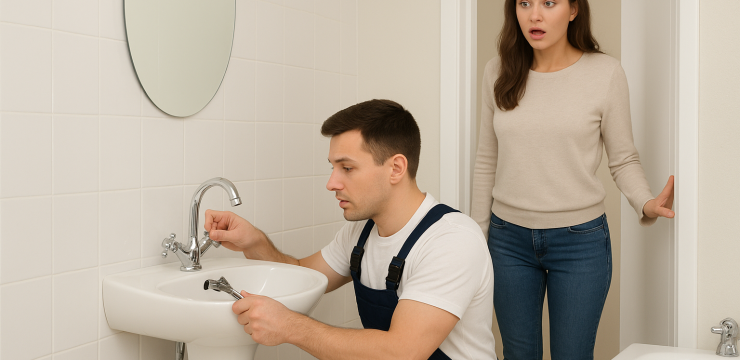Glass top stoves have become a staple in modern kitchens thanks to their sleek design and easy-to-clean surfaces, but they also come with a lesser-known risk that many homeowners, including myself, learn the hard way. I’m here to share a cautionary tale that could save you from a very expensive and potentially dangerous kitchen disaster.

One small mistake—placing a hot lid facedown on your glass stovetop—can lead to your cooktop shattering in seconds. It’s one of those things that sounds harmless until it happens to you. I used to love the look of my glass cooktop. It added an elegant touch to the kitchen and was a breeze to wipe down after cooking. However, one day while preparing a meal, I took a hot lid off a pot and, without thinking, set it down facedown on the glass surface. I didn’t hear anything unusual at first, but just minutes later, a sharp crackling noise cut through the air, followed by the unmistakable sound of glass shattering. It wasn’t just a small chip or crack either—the entire surface looked like a spiderweb of destruction.
That’s when I started researching what exactly had gone wrong, and what I found shocked me. The issue isn’t just heat itself but how heat interacts with the surface when it’s concentrated and trapped. When you place a hot lid facedown on a cool glass cooktop, you create a pocket where heat gets trapped between the lid and the glass. This can lead to something called a vacuum seal, where the lid essentially “sticks” to the surface because the air can’t circulate properly. That seal might seem like no big deal, but it actually creates a dangerous buildup of pressure. As the lid cools and the glass beneath it tries to equalize in temperature, the stress from that uneven heat distribution can cause the glass to crack.
It’s not about the lid being too hot or the stove being too fragile—it’s the rapid and concentrated thermal stress that causes the glass to give way. Worse still, this type of cracking doesn’t always happen immediately. Sometimes the pressure builds slowly, and the damage occurs minutes later, even after you’ve walked away. That’s what makes it especially dangerous. You might not even be in the room when the glass gives out, and if anyone is nearby, they could be hit by flying shards. Aside from the physical risk, replacing a shattered glass cooktop is a pricey ordeal that most warranties don’t cover if the damage was caused by improper use.
For something so easily avoidable, the cost just isn’t worth it. That’s why I now make it a point to never place any hot lids directly on the cooktop—especially not facedown. Instead, I keep a few heat-resistant trivets nearby, or I place the lids on a cool, stable countertop or even a wooden cutting board. It’s a simple habit that could spare you from serious damage or injury. Glass top stoves are fantastic for cooking and look great, but they come with their own set of dos and don’ts. This is one of those don’ts that should be non-negotiable in every kitchen. The next time you’re tempted to place a hot lid facedown on your stove out of convenience, think about the risks. Remember that the clean-up from a shattered stovetop is far messier than simply setting your lid elsewhere. Keeping your kitchen safe isn’t just about using oven mitts or turning pot handles inward—it’s also about understanding how your appliances work and what could potentially go wrong. So take it from someone who learned the hard way: treat your glass cooktop with care and never place hot lids facedown on it. Doing so can help you avoid a preventable accident, save you money, and maintain the safety and beauty of your kitchen for years to come.





